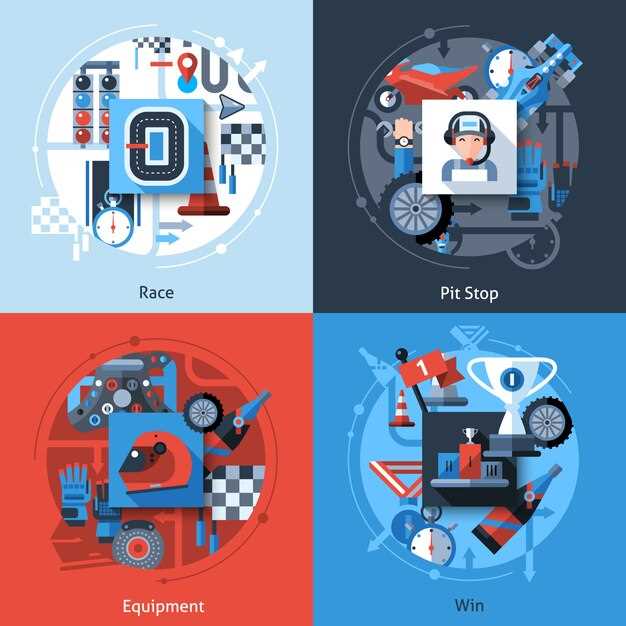
In the high-octane world of drag racing, where every millisecond can mean the difference between victory and defeat, the role of announcers transcends mere commentary. They serve as the bridge between the thrilling action on the track and the captivated audience, both on-site and through various media platforms. Their unique ability to convey the excitement, intensity, and technical intricacies of each race enhances the overall experience for fans, making them an indispensable part of any drag racing event.
Announcers bring a wealth of knowledge and charisma to the table, effectively transforming a straightforward race into a captivating spectacle. They don’t just describe what happens; they provide context, share stories about the drivers, and highlight individual performances. This storytelling aspect helps to create a deeper emotional connection with the audience. As fans listen to the announcers, they become more engaged, absorbing not only the outcomes but also the rich narratives that surround each race.
Moreover, in today’s fast-paced media landscape, the role of announcers extends beyond live events. With the increasing prevalence of social media and streaming platforms, announcers can reach a wider audience, influencing perceptions of the sport and its participants. Their insights and commentary can shape public opinion, drive interest, and attract new fans, all while reinforcing the community surrounding drag racing. As such, understanding the influence of announcers is crucial for grasping the broader dynamics at play in the world of competitive racing.
How Announcers Enhance the Viewer Experience in Drag Racing

In the fast-paced world of drag racing, announcers play a pivotal role in shaping the viewer experience. Through their dynamic commentary, they provide context and excitement, bridging the gap between the racers and the audience. This is particularly essential in a sport where every millisecond counts and the stakes are high.
Media plays a crucial part in the drag racing scene, and announcers are the key figures that leverage these platforms to engage fans. They skillfully narrate the action, elaborating on the technical aspects of the vehicles and the strategies employed by the drivers. This knowledge not only informs the audience but also fosters a deeper appreciation for the sport.
The excitement generated by announcers during events also elevates the atmosphere. Their enthusiastic delivery ignites passion among fans, creating a vibrant experience that transcends mere observation. As they react to the unfolding drama on the track, they draw viewers in, making them feel as if they are part of the action rather than just passive spectators.
Announcers also enhance the viewer experience by providing timely updates and insights. They share information about qualifying rounds, race conditions, and the latest standings, which are vital for audience engagement. This continuous flow of information helps the audience stay connected and informed, making each race more thrilling.
In summary, the influence of announcers in drag racing cannot be overstated. Their ability to combine knowledge, excitement, and real-time commentary not only enriches the viewer experience but also solidifies the sport’s connection to its fans through various media channels.
The Role of Announcers in Shaping Race Narratives and Audience Engagement
Announcers play a crucial role in drag racing events, serving as the primary voice that connects the competition to the audience. Their ability to narrate the action not only enhances the viewing experience but also establishes the emotional tone of the race. Through strategic use of language and storytelling techniques, announcers create compelling narratives that resonate with spectators and fans alike.
In the fast-paced world of drag racing, where split-second decisions can determine a winner, announcers provide essential context and analysis. They offer insights into the technical aspects of the race, such as vehicle performance and driver strategies, which enrich audience understanding. This informed commentary helps to deepen the connection between fans and the sport, transforming casual viewers into passionate followers.
Moreover, announcers often engage the audience by incorporating elements of drama and excitement. Their enthusiasm and energy can elevate the intensity of a race, making even the most routine moments feel significant. This engagement is key to maintaining viewer interest and encouraging participation, whether at the track or through various media platforms.
In addition to live events, announcers often extend their influence through social media and digital platforms. By sharing behind-the-scenes glimpses, engaging with fans, and promoting upcoming races, they foster a sense of community among drag racing enthusiasts. This multifaceted approach not only sustains interest in the sport but also contributes to its growth and accessibility to new audiences.
Ultimately, the role of announcers in drag racing transcends mere commentary; they are storytellers who shape the race narrative, enhance audience engagement, and promote the broader culture of the sport through various media channels. Their impact is felt long after the last race has concluded, leaving a lasting impression on fans and the drag racing community alike.
Impact of Digital Media on Announcing Styles in Drag Racing

The rise of digital media has significantly transformed the announcing styles in drag racing, effectively enhancing the way races are presented to fans. With platforms like YouTube, Twitch, and social media channels, announcers are now able to engage with audiences in real-time, providing a more interactive experience. This immediate feedback loop allows announcers to adapt their commentary based on the reactions of viewers, creating a dynamic atmosphere that was previously unattainable.
Digital media has also democratized access to drag racing events, leading to an influx of new fans. Announcers must now appeal to a broader audience, which requires them to adjust their language and style. More inclusive terminology and relatable references are critical in connecting with younger or less experienced viewers who may not be as familiar with racing jargon. This shift ensures that all fans, regardless of their background, can appreciate the excitement of the race.
Moreover, the prevalence of highlight reels and live streaming has affected the pacing of commentary. Announcers are encouraged to deliver quick, punchy insights in the moments leading up to and during races. This heightened tempo emphasizes key highlights and keeps viewers engaged throughout the event, ensuring that they remain captivated, whether they are watching live or on-demand.
Finally, digital media encourages a multi-platform presence, making it essential for announcers to showcase their personalities. Charismatic and entertaining presentation styles resonate well across various channels, leading to increased fan following. Announcers who engage with fans through social media can build a loyal community, making their commentary more impactful and relevant to their audience.



